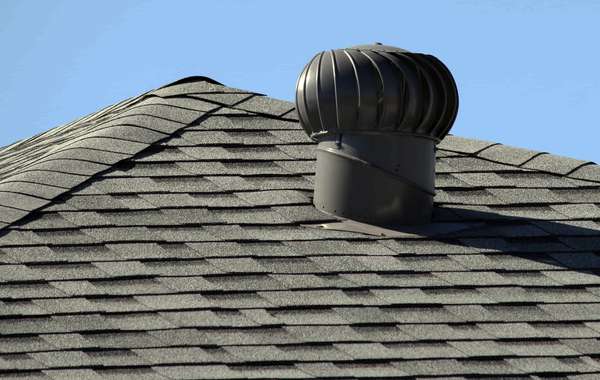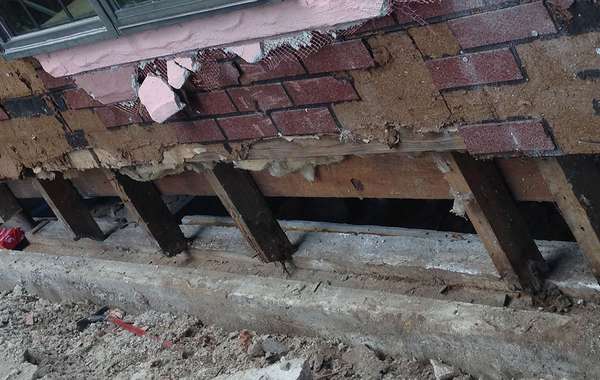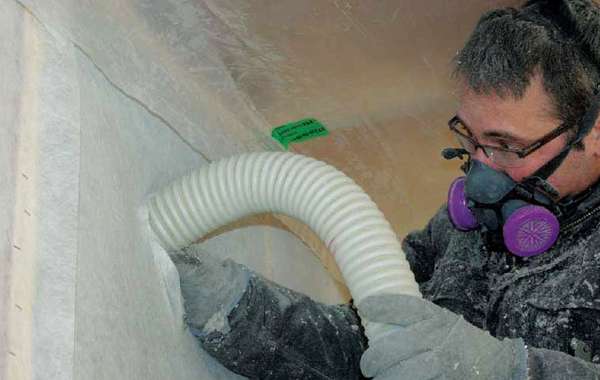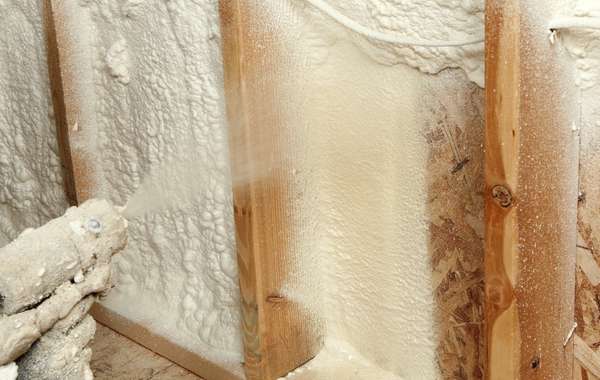What do you think of insulated T Studs in Canada?
I found a video of a house using the thermal or T-stud. Have you seen this product and what are your thoughts on its use in Canada. It allows for a fully insulated header above window and doors which is often a weak point of a House. The install of electrical and plumbing is also interesting as they just stab it through the insulation layer.


























It’s great to break thermal bridges in wall assemblies and improve the overall thermal performance of a home as well an increase home durability, which is what happens when you build more efficient homes. What I DON’T really like at a glance is that they are insulated with spray foam.
However, if the company that makes these insulated wood studs is building them in partnership with spray foam manufacturers that have changed to safer blower agents with lower GHGs (Greenhouse Gases), that would certainly be a mark in their favour in our opinion. There are two such manufacturers we know of so far, Demilec and Elastochem. The GWP (Global Warming Potential) of the standard HFC blowing agents was as high as 1,430, where the GWP of the new HFO blowing agents is only 1, meaning that HFO blowing agents are on par with Carbon in terms of the climate change impact rather than being 1,430 times worse.
I would also wonder about the cost, since they don’t look cheap. We know it takes an investment to build a more efficient home, we just aren’t sure yet without knowing a price if that’s a wise investment in thermal performance. What I mean, is that the money it costs to buy these insulated T-studs may yield more energy savings if it were applied to an extra inch of insulation over the entire wall assembly for example.
So, in conclusion – We think it’s great that a manufacturer is coming to the market with something like that, hopefully there won’t be a significant increase in cost and environmental impact.
For interest’s sake I would also point you to the following page link, a few years ago we helped a carpentry school build a LEED Platinum home that was donated to Habitat for Humanity, and in the process of exploring ideas for efficient home designs we had experimented with I-joists that we had insulated with Rockwool rigid insulation boards (photo below). They were surprisingly easy to build, we just ripped the insulation panels on a table saw and just pressure fit them in place. It didn’t end up making it into the mix, but we sure had fun getting students and teachers to explore innovative building techniques!